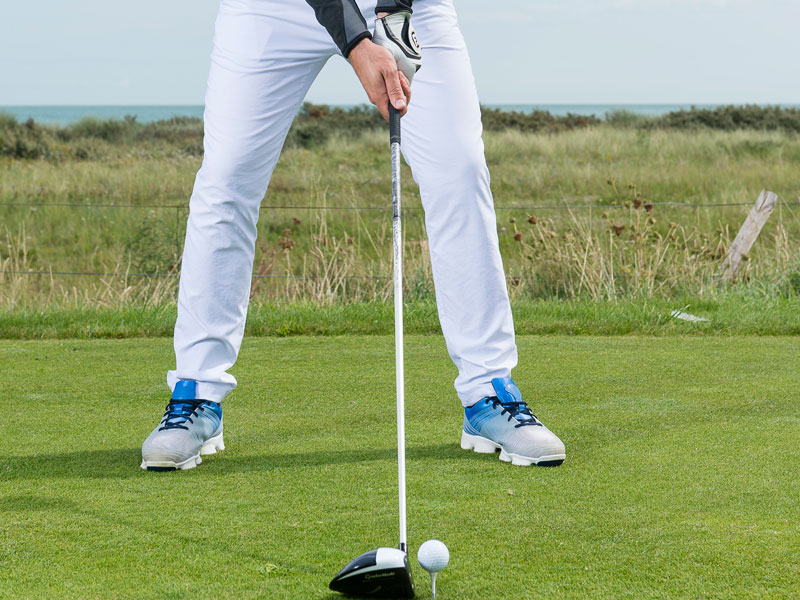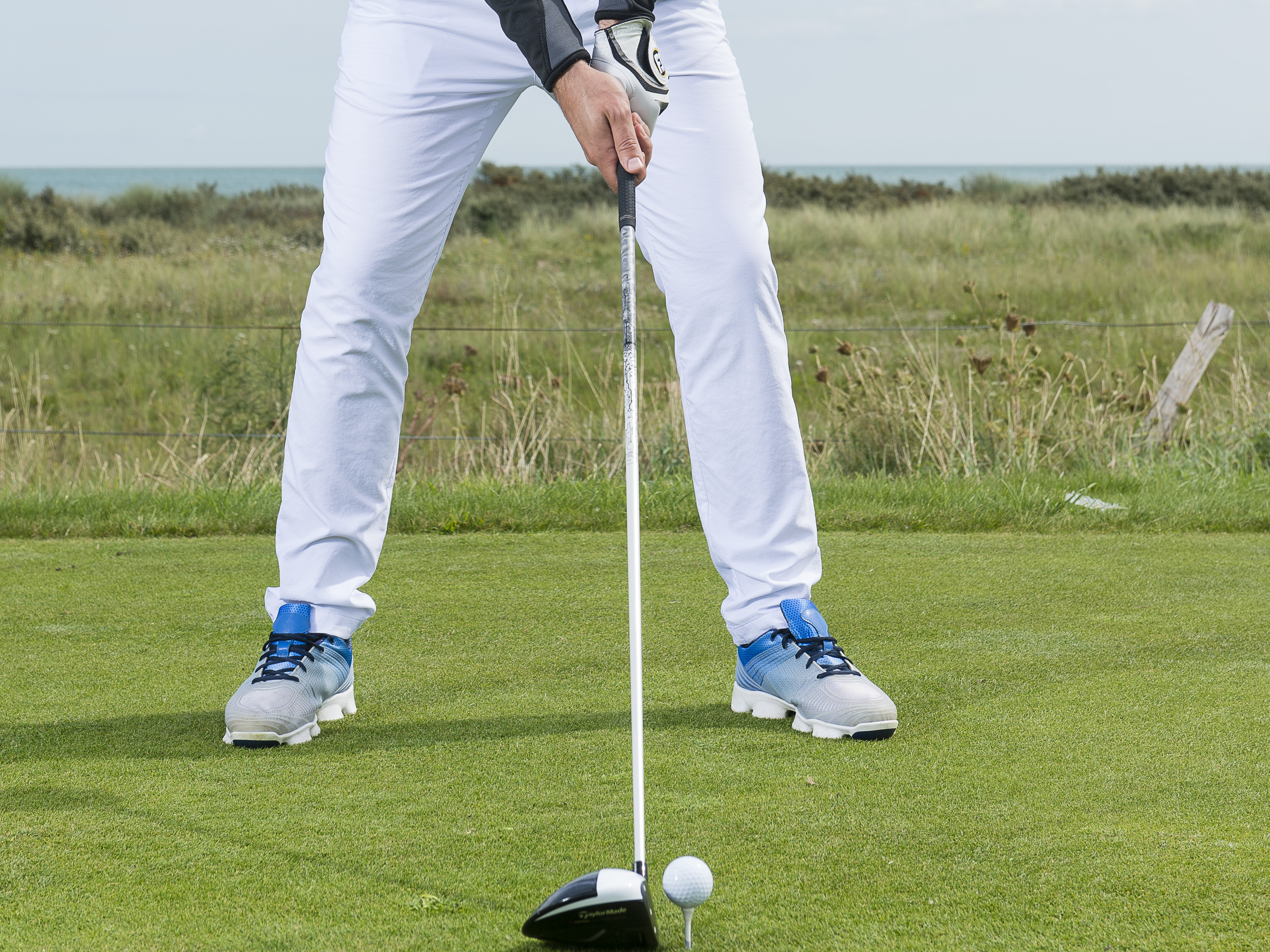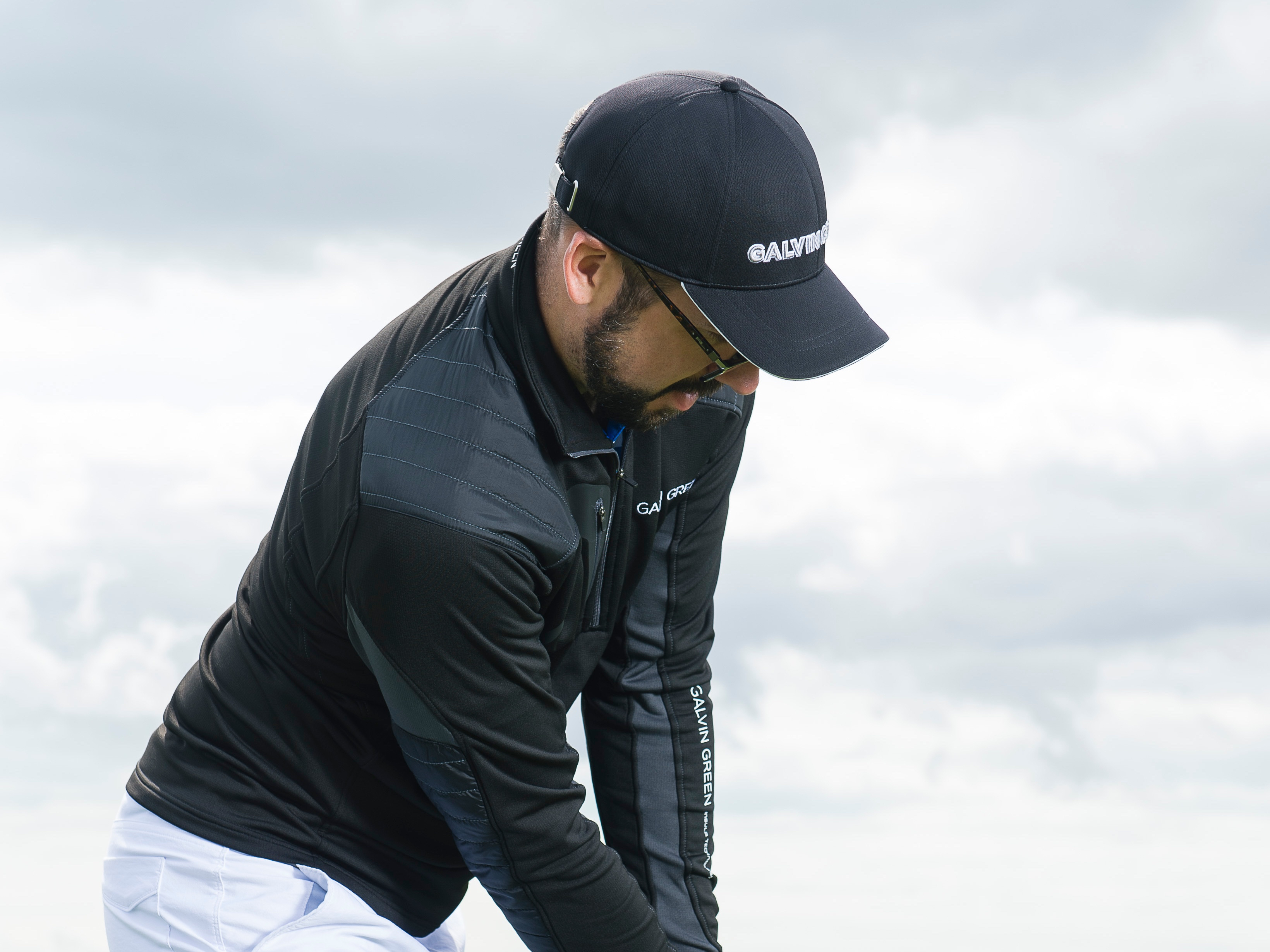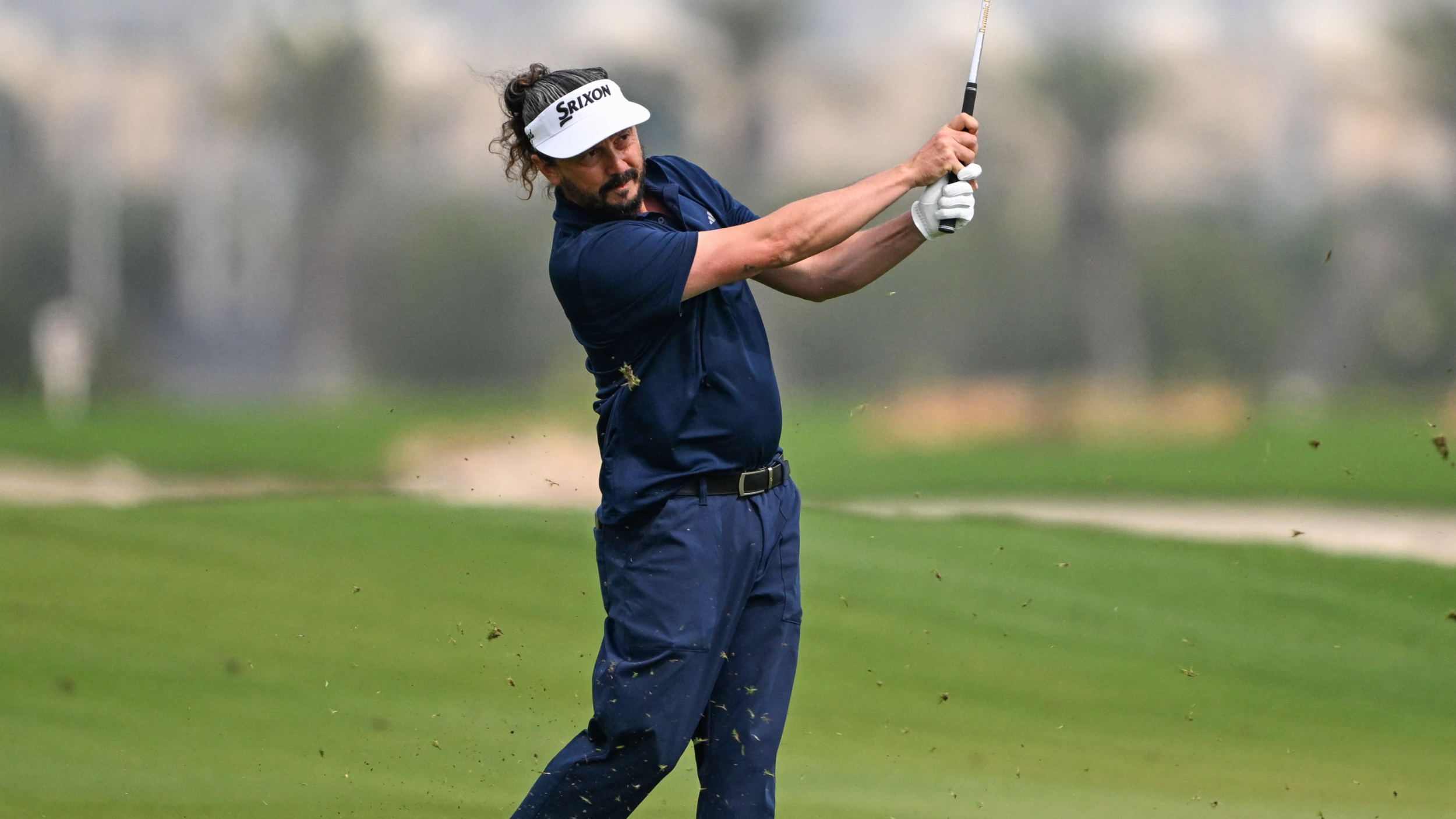Peter Finch: Golf's Set-up Essentials
Peter Finch explains how golf's set-up essentials like grip, posture, and stance have a huge bearing on where you'll be at impact and the resulting flight


Peter Finch explains how golf's set-up essentials like grip, posture, and stance have a huge bearing on where you'll be at impact and the resulting flight
GOLF'S SET-UP ESSENTIALS It's important to recognise that set-up essentials like grip, posture, and how you stand to the ball have a huge bearing on where you will be at impact and the resulting ball flight.
Check your grip Your grip is the main controlling factor in what the clubface does at impact - strong grips generally close the clubface to target and weak grips generally open it. Many golfers who hit big hooks have a strong grip in which the left hand sits too much on top of the club and the right hand too much underneath.

The opposite is true of slicers, who typically have a weak grip – the left hand sits too much under the grip and right hand too much on top. This isn’t always the case as some golfers are able to compensate with their wrist angles, but if you’re struggling with a troublesome ball flight, check your grip first.
Watch all 7 videos in Peter's 'Keys to Consistency' series...
- Understanding impact basics
- How impact varies from club to club
- A new way to pitch
- A bullet-proof chipping action
- Fringe putting drill
- Pressure putting practice
Shoulder position at address Many golfers suffer from a slice, especially with the driver, and generally it’s because the path moving to the left of the target line with the clubface open to both path and target line.
If both shoulders sit more or less at the same height at address - so your left shoulder isn’t higher than your right - they will also be open to the target, encouraging a swing path too much off to the left.
Get the Golf Monthly Newsletter
Subscribe to the Golf Monthly newsletter to stay up to date with all the latest tour news, equipment news, reviews, head-to-heads and buyer’s guides from our team of experienced experts.
Conversely, if your right shoulder is too low, you’ll close your shoulders too much and encourage a swing path too much from inside to out, which can cause a hook.

You can alter your ball flight surprisingly quickly just by adjusting what your body and shoulders are doing at address.

Jeremy Ellwood has worked in the golf industry since 1993 and for Golf Monthly since 2002 when he started out as equipment editor. He is now a freelance journalist writing mainly for Golf Monthly. He is an expert on the Rules of Golf having qualified through an R&A course to become a golf referee. He is a senior panelist for Golf Monthly's Top 100 UK & Ireland Course Rankings and has played all of the Top 100 plus 91 of the Next 100, making him well-qualified when it comes to assessing and comparing our premier golf courses. He has now played 1,000 golf courses worldwide in 35 countries, from the humblest of nine-holers in the Scottish Highlands to the very grandest of international golf resorts. He reached the 1,000 mark on his 60th birthday in October 2023 on Vale do Lobo's Ocean course. Put him on a links course anywhere and he will be blissfully content.
Jezz can be contacted via Twitter - @JezzEllwoodGolf
Jeremy is currently playing...
Driver: Ping G425 LST 10.5˚ (draw setting), Mitsubishi Tensei AV Orange 55 S shaft
3 wood: Srixon ZX, EvenFlow Riptide 6.0 S 50g shaft
Hybrid: Ping G425 17˚, Mitsubishi Tensei CK Pro Orange 80 S shaft
Irons 3- to 8-iron: Ping i525, True Temper Dynamic Gold 105 R300 shafts
Irons 9-iron and PW: Honma TWorld TW747Vx, Nippon NS Pro regular shaft
Wedges: Ping Glide 4.0 50˚ and 54˚, 12˚ bounce, True Temper Dynamic Gold 105 R300 shafts
Putter: Kramski HPP 325
Ball: Any premium ball I can find in a charity shop or similar (or out on the course!)
-
 Mike Lorenzo-Vera has announced he’s bringing the curtain down on his career as “my priorities have switched”
Mike Lorenzo-Vera has announced he’s bringing the curtain down on his career as “my priorities have switched”Mike Lorenzo-Vera has announced he’s bringing the curtain down on his career as “my priorities have switched”
By Mike Hall
-
 DP World Tour Announces New $4m Event Coming To India
DP World Tour Announces New $4m Event Coming To IndiaThe inaugural DP World India Championship will offer the circuit’s largest ever prize fund for an event on the subcontinent
By Mike Hall